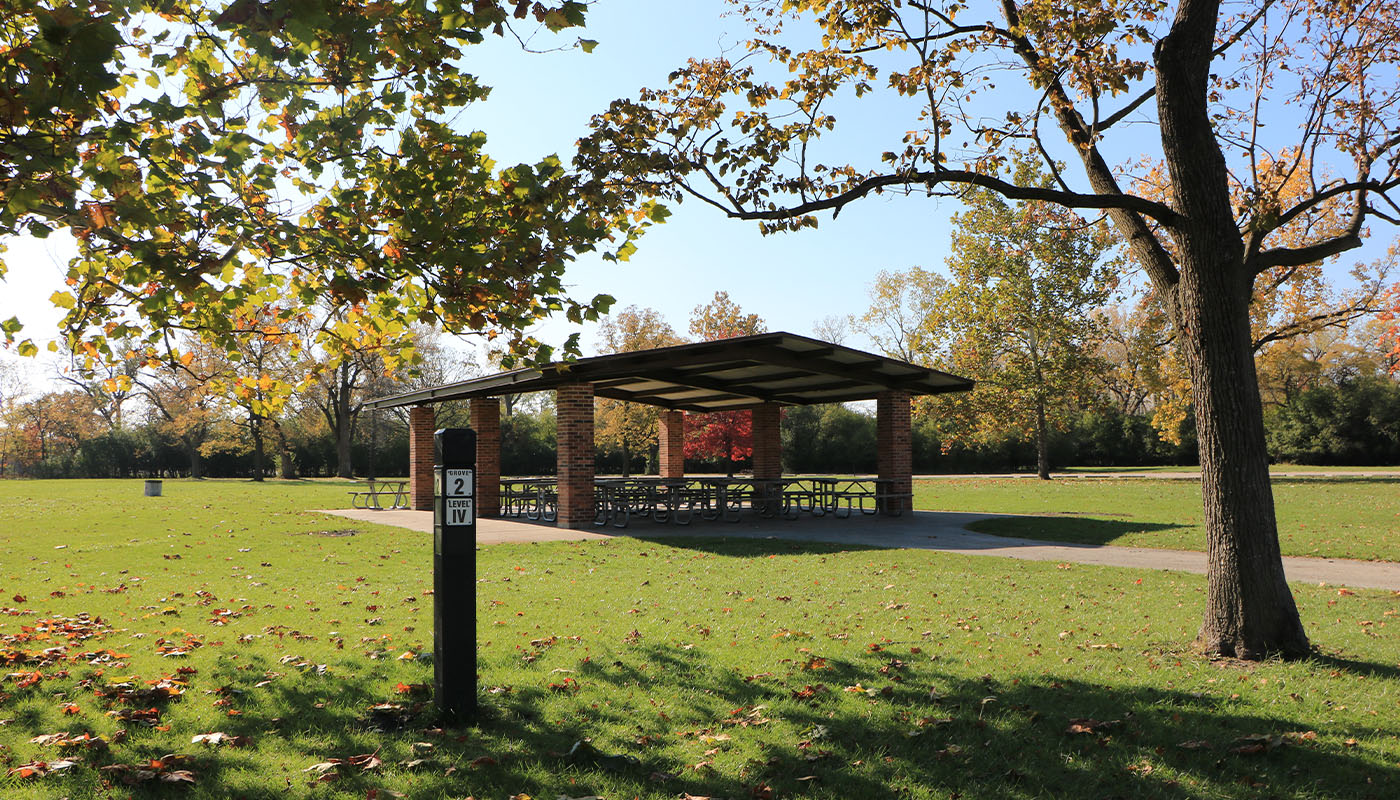The Forest Preserves of Cook County has hundreds of peaceful picnic areas where nearly one million visitors gather every year to enjoy time with family, friends, colleagues and their community. The diverse swaths of trees that surround these picnic groves not only provide visitors with shade and beauty. They help clean our air and water, reduce flooding and erosion, and provide food, shelter and places to rest and nest for birds and other wildlife.
To ensure these tree canopies continue to thrive, the Forest Preserves began in February to inventory “picnic grove trees” with an Urban and Community Forestry grant, funding to establish, manage, conserve and preserve urban and community forests.
The Forest Preserves’ inventory—which included 4,808 trees in northwest and west Cook County, or 11 percent of our mowed picnic grove tree population—identified 80 unique tree species, with a variety of oak species dominating the groves.
With the inventory, the Forest Preserves developed an Urban Forest Management Plan, which recommends planting 2,700 trees over the next ten years. The first steps are to complete tree inventories at all remaining groves and modify tree planting plans to increase species diversity throughout the countywide system of picnic groves.
“A diverse tree canopy helps protect the preserves and enables our lands to be more resilient,” explains Troy Showerman, resource project manager in the Forest Preserves Resource Management Department. “Ensuring tree diversity means that our forests can withstand threats against specific tree species—like Dutch elm disease or emerald ash borer beetles—that can decimate tree populations. The more diverse the tree canopy, the better able we are to withstand and slow the spread of these threats.”
The inventory also identified trees that will be monitored for removal consideration or pruned to address defects and potential safety concerns. Trees lost to storm damage or natural decline will also be documented by Forest Preserve staff in inventory logs.
The funds for the inventory were provided by the United States Department of Agriculture Forest Service through the Illinois Department of Natural Resources Urban and Community Forestry Core Grant Program, and administered by The Morton Arboretum and the Chicago Region Trees Initiative.

